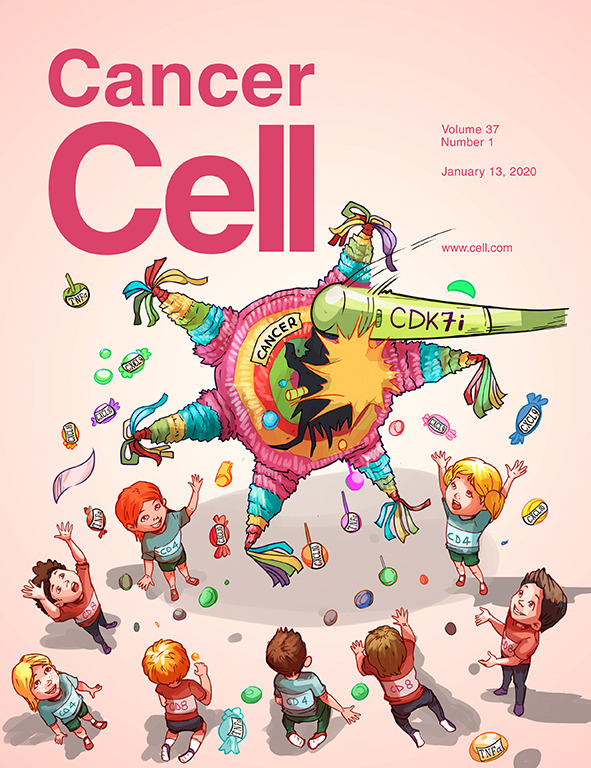空间肿瘤学:将环境生物学应用于临床
IF 48.8
1区 医学
Q1 CELL BIOLOGY
引用次数: 0
摘要
在过去的两个世纪中,组织病理学诊断一直是细胞显微镜检查的推动力。最近,通过单细胞图谱鉴定出的先进分子生物标记物的兴起增加了我们对癌症细胞异质性的了解,但尚未对临床治疗产生重大影响。将分子图谱分析与微环境特征相结合的空间技术为了解细胞相互作用和组织提供了关键的原位背景,有望弥补这一转化差距。在此,我们回顾了空间工具如何用于研究肿瘤生态系统及其临床应用。我们详细介绍了细胞-细胞相互作用、微环境组成以及组织重塑对免疫逃避和治疗抵抗的影响。此外,我们还强调了多原子空间剖析在表征临床相关特征方面的新兴作用,这些特征包括神经周围侵袭、三级淋巴结构和肿瘤-基质界面。最后,我们探讨了临床整合策略及其对治疗和诊断方法的增强作用。本文章由计算机程序翻译,如有差异,请以英文原文为准。
Spatial oncology: Translating contextual biology to the clinic
Microscopic examination of cells in their tissue context has been the driving force behind diagnostic histopathology over the past two centuries. Recently, the rise of advanced molecular biomarkers identified through single cell profiling has increased our understanding of cellular heterogeneity in cancer but have yet to significantly impact clinical care. Spatial technologies integrating molecular profiling with microenvironmental features are poised to bridge this translational gap by providing critical in situ context for understanding cellular interactions and organization. Here, we review how spatial tools have been used to study tumor ecosystems and their clinical applications. We detail findings in cell-cell interactions, microenvironment composition, and tissue remodeling for immune evasion and therapeutic resistance. Additionally, we highlight the emerging role of multi-omic spatial profiling for characterizing clinically relevant features including perineural invasion, tertiary lymphoid structures, and the tumor-stroma interface. Finally, we explore strategies for clinical integration and their augmentation of therapeutic and diagnostic approaches.
求助全文
通过发布文献求助,成功后即可免费获取论文全文。
去求助
来源期刊

Cancer Cell
医学-肿瘤学
CiteScore
55.20
自引率
1.20%
发文量
179
审稿时长
4-8 weeks
期刊介绍:
Cancer Cell is a journal that focuses on promoting major advances in cancer research and oncology. The primary criteria for considering manuscripts are as follows:
Major advances: Manuscripts should provide significant advancements in answering important questions related to naturally occurring cancers.
Translational research: The journal welcomes translational research, which involves the application of basic scientific findings to human health and clinical practice.
Clinical investigations: Cancer Cell is interested in publishing clinical investigations that contribute to establishing new paradigms in the treatment, diagnosis, or prevention of cancers.
Insights into cancer biology: The journal values clinical investigations that provide important insights into cancer biology beyond what has been revealed by preclinical studies.
Mechanism-based proof-of-principle studies: Cancer Cell encourages the publication of mechanism-based proof-of-principle clinical studies, which demonstrate the feasibility of a specific therapeutic approach or diagnostic test.
 求助内容:
求助内容: 应助结果提醒方式:
应助结果提醒方式:


